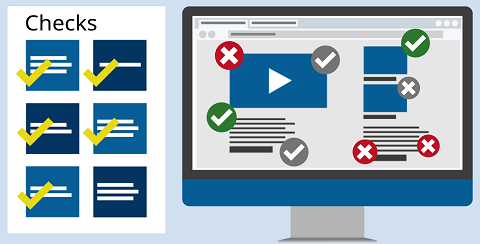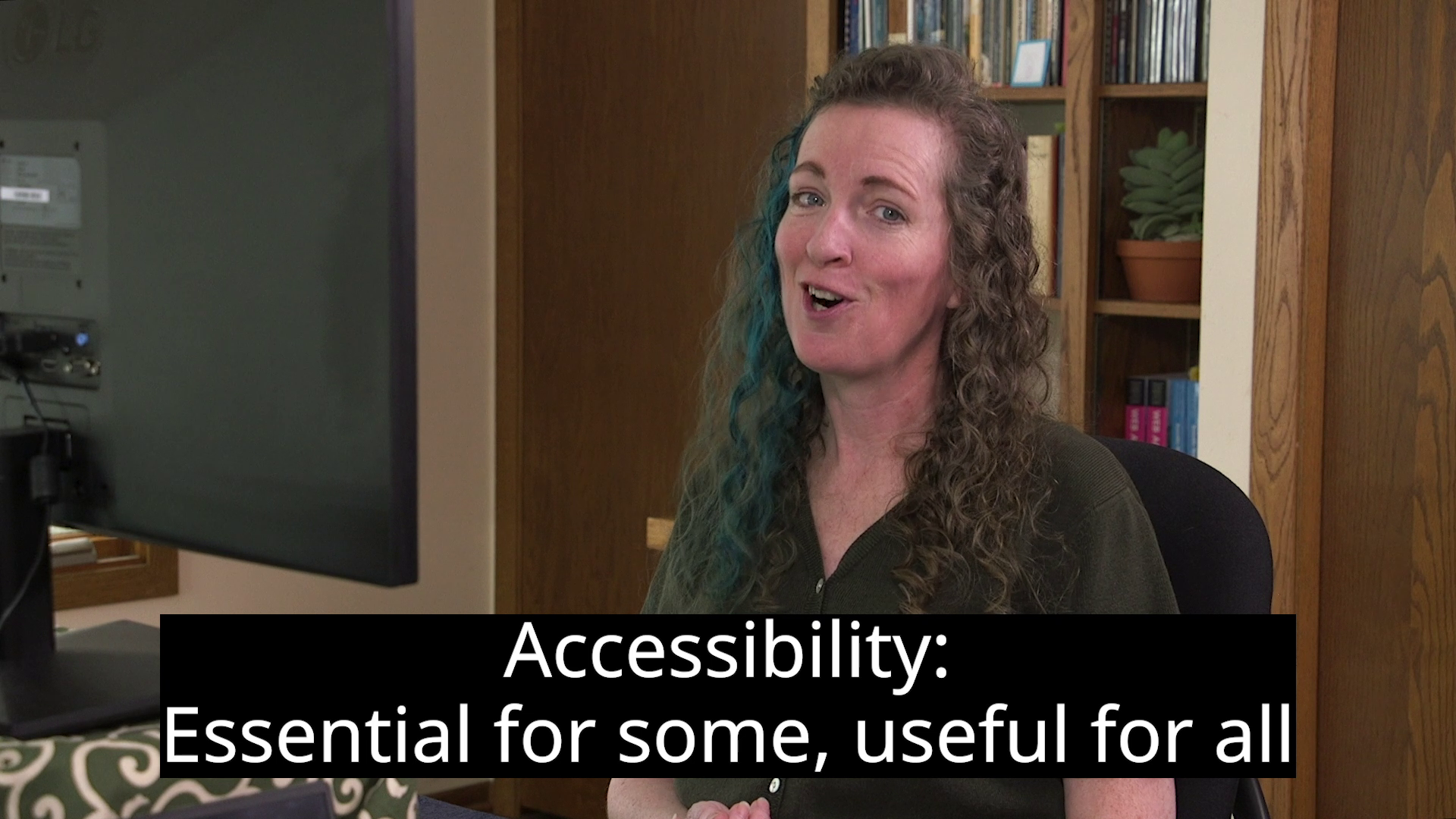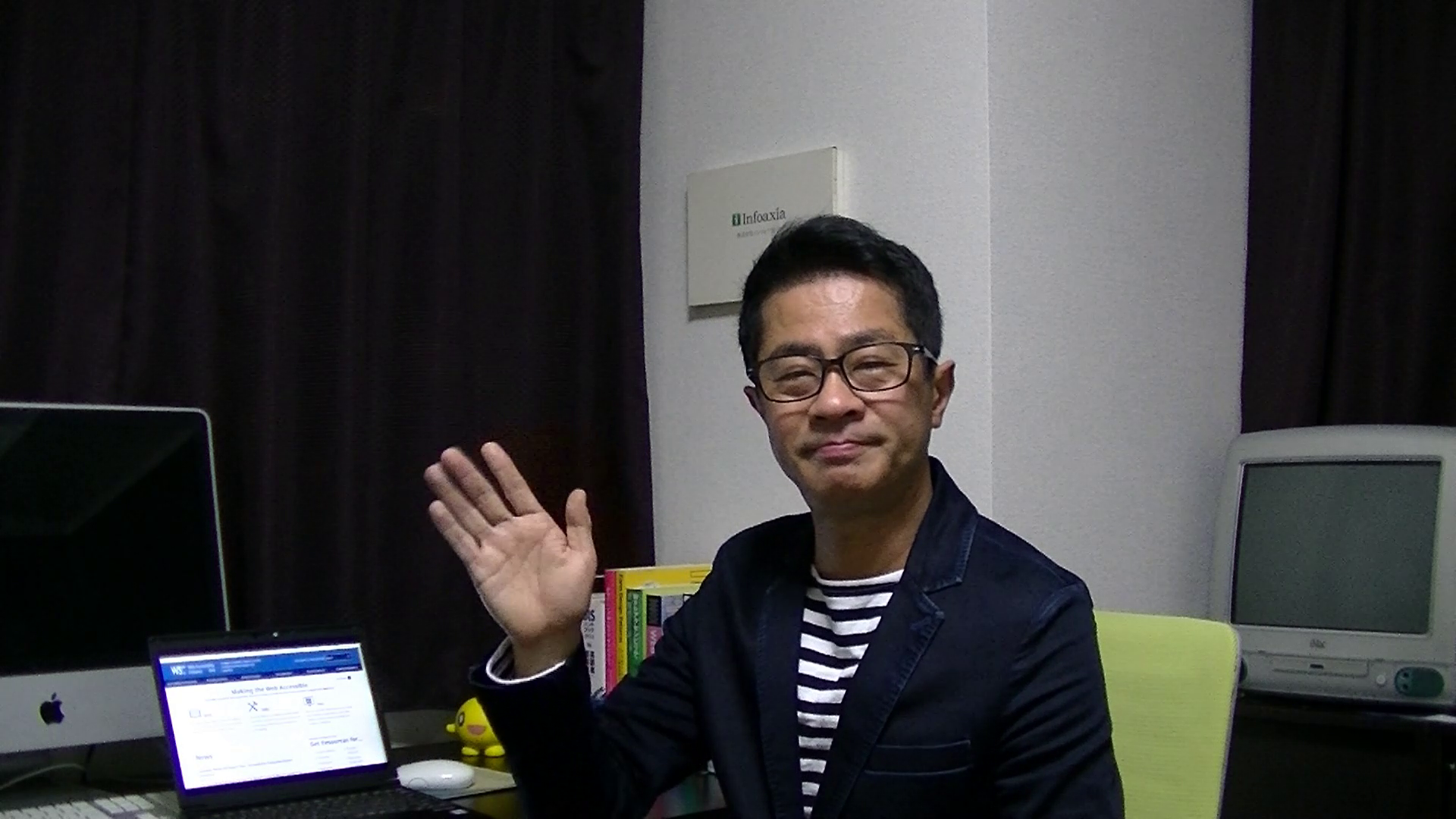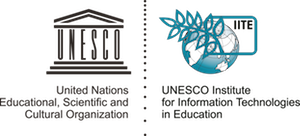Digital Accessibility Foundations
Free Online Course
Accessibility skills are increasingly in demand. With this course, you can build your accessibility skills and immediately apply what you learn in practice.
Ms. Natalia Amelina, UNESCO Institute for Information Technologies in Education (IITE)
Who the course is for
Well worth [it] to reassess my #a11y knowledge. HINT: I learned a few things I didn’t know.
Todd, Web Dev 21+ years #A11yI would recommend anyone who creates #a11y training to join the course and/or integrate the lessons therein. Very well constructed!
Damian Sian, Director of Web Accessibility
The course is designed for technical and non-technical learners, including:
- developers
- designers
- content authors
- project managers
And also:
- students
- instructors
- professionals
- people with disabilities

What you get from the course
The course is structured so that you can focus on the topics that you are most interested in. Optional activities and additional materials provide more learning on specific topics.
For example, you can choose to focus on:
- Coding web applications to meet international W3C standards.
- Designing interfaces to meet the needs of people with disabilities, including older users.
- Writing a business case to present to management.
- Advocating for accessibility by understanding real-life experiences of how accessibility is essential for some, and useful for all.
- Managing accessibility in projects and in organizations.
- Checking web pages for basic accessibility issues and improving accessibility.
We encourage you to go through the whole course, even if you focus more on some topics.
Course content (syllabus)
The course covers principles from the World Wide Web Consortium (W3C) Web Accessibility Initiative’s (WAI) Web Content Accessibility Guidelines (WCAG), and much more:
- What is Web Accessibility (2 sections) — challenges the way you may approach accessibility.
- People and Digital Technology (5 sections) — gives you the “why” behind the what you need to do for accessibility.
- Business Case and Benefits (2 sections) — explains how accessibility can expand market reach, demonstrate social responsibility, drive innovation, and minimize legal risk.
- Principles, Standards, and Checks (5 sections) — guides you through understanding accessibility requirements and checking for accessibility barriers (also called evaluating or testing for errors or bugs) — with non-technical and technical guidance; provides optional material for learning more about coding accessibly.
- Getting Started with Accessibility (2 sections) — explains approaches for integrating accessibility into your design and development processes; provides tips for getting started with accessibility right away.
More “What you’ll learn” and syllabus is in the edX course page.
Duration
It’s easy to follow and complete. You can do it over several sessions at your own pace.
Laiya Lee 李荔雅
The nerdy gurl next door
The course is designed to take about 16-20 hours to complete for most people. It is listed as 4 weeks of 4-5 hours effort per week.
It is self-paced so you can complete it in a shorter or longer time frame.
This course will be available on the edX platform through at least the end of 2021. We expect an updated version of this course to be available long term.
Cost: Free, optional certificate
The course is free. The audit option gives you access to all of the content.

Optionally, you can choose to get a Verified Certificate for $99 USD to demonstrate successful course completion.
The Certificate can be printed, listed in resumes, and linked to from online profiles.
You can start auditing the course now, and later choose to get a Verified Certificate.
(For information about edX certificate verification and accessibility, see: edX Help Center Accessibility pages.)
Enroll in the course on edX←log in to edX or create edX account
Video excerpts from the course

From Module 1, on how accessibility impacts the lives of people interacting in the digital world:
- Reading with and without text wrapping, on YouTube
(same reading video on W3C website) - Low vision: Challenging assumptions and understanding differences, on YouTube
(same low vision video on W3C website)

From Module 4, on designing and developing accessibly, and checking (evaluating or testing) for accessibility:
- Check Headings, on YouTube
(same check headings video on W3C website) - Motion in Content, on YouTube
(same motion video on W3C website)
What people are saying about the course and survey results
Some more things that developers and others are tweeting about the course:
I just enrolled in this accessibility course and I watched some short clips (Module 1), and it made an impact on me.
David Corbacho Roman. Señor Developer… JavaScript, React, Apollo, GraphQL, Next.js, Edge networking.
I will work from now on accessibility improvements thinking about these real people, not just because ‘the law’, or because you ’should’
‘Disability is about design. Bad design is disabling.’
Carlos Muncharaz. Front-end Developer.
The course on web accessibility by the @w3c_wai is filled with eye-opening arguments and concepts. Great job @shawn_slh and team!
Join the course!
I highly recommend this course for anybody wanting to learn about digital accessibility. It's got a lot of great info and a relatively small time commitment.
Justin Yarbrough. Blind. Digital #a11y specialist. #AvGeek.
Post-course survey responses (as of 29 June 2021) include:
- Have your skills/knowledge increased as a result of the course?
96% Yes. - Did you learn what you were expecting to learn?
90% Satisfied or Very satisfied. - How likely is it that you will be able to apply the skills that you learned in this course in your everyday work?
96% Likely or Very likely.
Provided by
Shadi (W3C) and Natalia (UNESCO) introduce the course:
The course is provided by the World Wide Web Consortium (W3C) Web Accessibility Initiative (WAI) and the United Nations Educational, Scientific and Cultural Organization (UNESCO) Institute for Information Technologies in Education (IITE). 
This unique course is based on the open curricula from the W3C WAI Education and Outreach Working Group (EOWG). It brings together international expert trainers from Deque, Infoaxia, Intopia, Knowbility, The Paciello Group (TPG), Web Key IT, and W3C WAI.
Course Manager and Development Lead:

Course Trainers:

Henry

Vasquez

Swan

Conway

Ueki

Fisher

Pulis

Arch
Learn more from the edX course page Enroll in the course on edX←log in to edX or create edX account
Alternatives for the video on this page
The course introduction video is also available on W3C servers: video for modern browsers and video mp4 file.
Visual description:
- Opening and closing scene has:
- Two people at laptop smiling.
- 5 icons: hand, eye, brain in head, ear, speech/sound waves from mouth.
- Most of the video is of Shadi and Natalia sitting by a desk.
- There are a few other scenes for visual interest, not needed to understand the content.
Transcript:
Shadi: I’m Shadi Abou-Zahra, Accessibility Strategy and Technology Specialist at W3C, the World Wide Web Consortium.
Natalia: I’m Natalia Amelina, Senior National Project Officer in Education at the UNESCO Institute for Information Technologies in Education.
Shadi: Join us in this course to learn the fundamental skills and key resources that are becoming increasingly important across digital professions.
Natalia: In according with statistics, people with disabilities can make up around 15% of the population – and the United Nations Convention on the Rights of Persons with Disabilities recognizes access to information as a human right. And you may know that this Convention was ratified by 180 countries all over the world, very likely including your country too.
Shadi: In this course you will learn how people with disabilities use the web including different types of assistive technologies and adaptive strategies.
Natalia: You will also learn how web accessibility improves user experience of older people, people using mobile devices, and essentially for everyone.
Shadi: And, of course, you’ll also learn all about the international standards from W3C – and training materials and learn first steps in creating accessible web content.
Natalia: This course was designed for technical and non-technical people. If you work with digital technologies this course is ideal for you to get started.